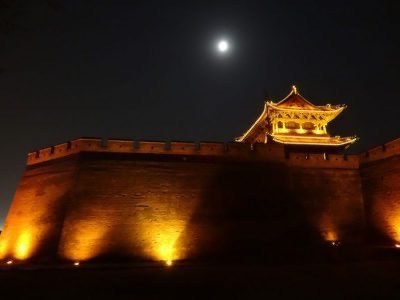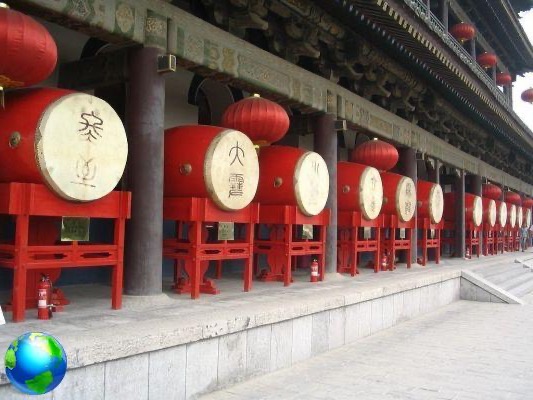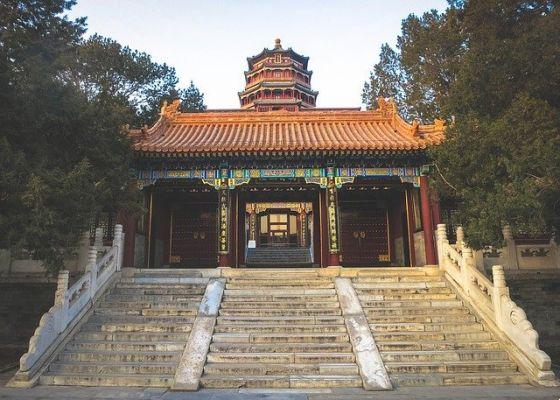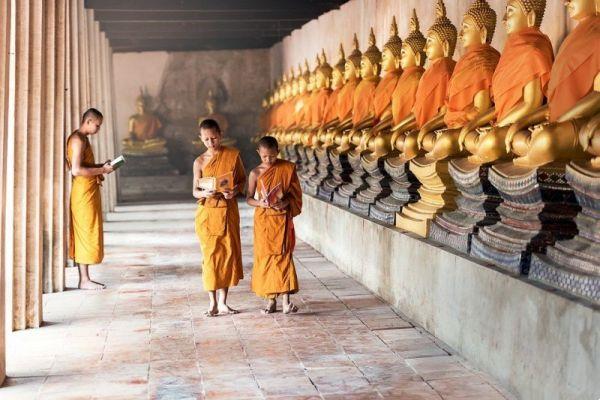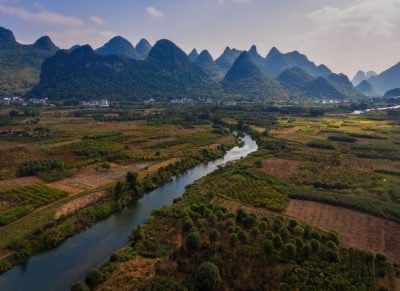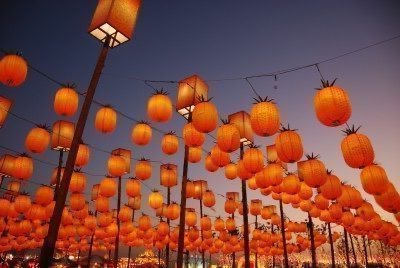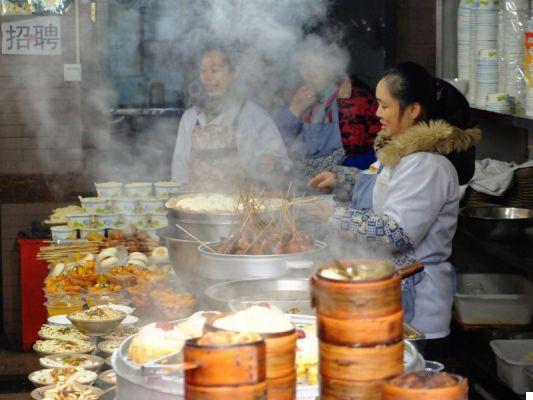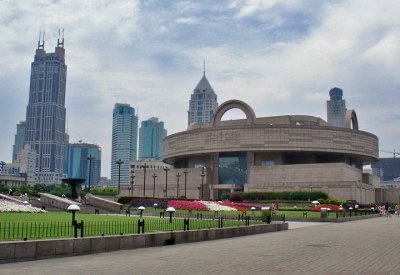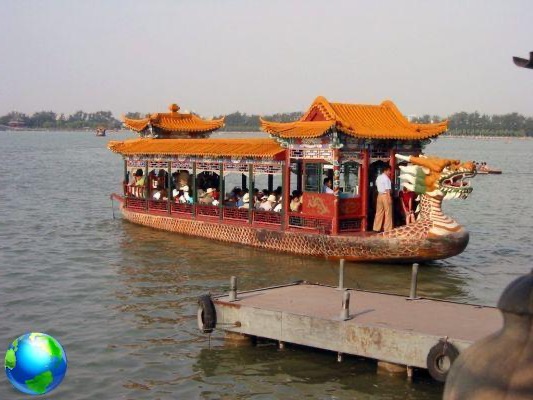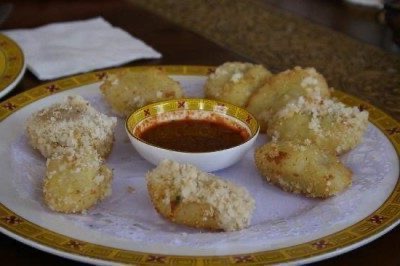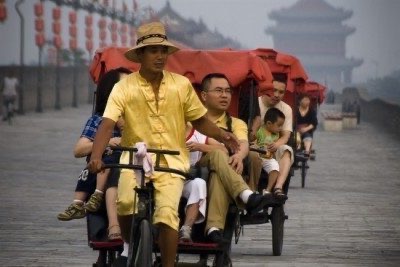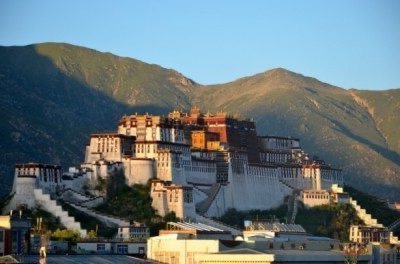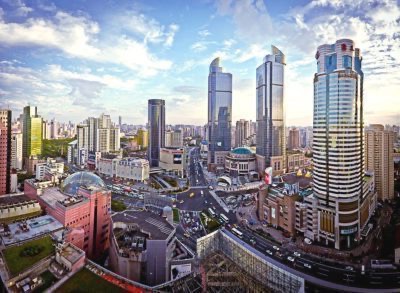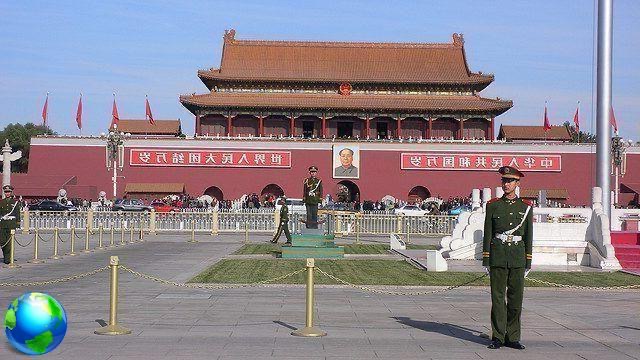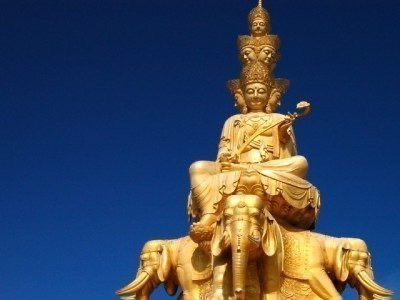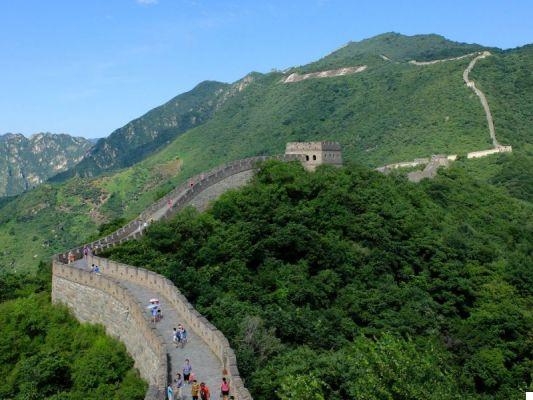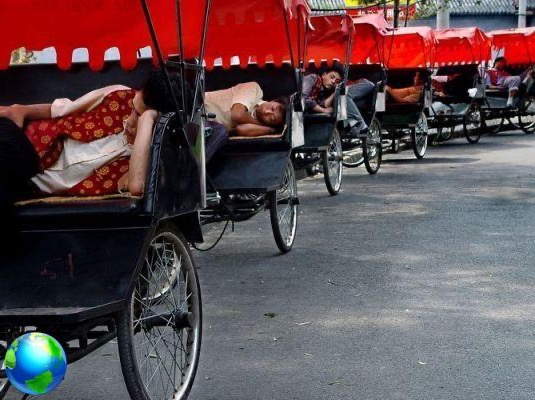One of China's most colorful and fascinating attractions: Longji rice fields. In the post, all the tips for your trip: how to get there, how to get around, which rice fields to choose.
From Guilin we head towards the splendid rice fields of Longji.
These rice fields are one of the major attractions of China, offer a unique panorama in all seasons.
Colors range from mustard yellow in autumn to bright green in summer.
The terraces are near the Ping Village, where one of the most populous ethnic minorities in China resides: the zhuang.
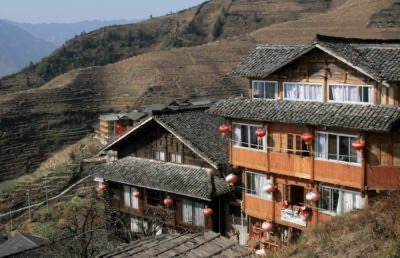
How to get to Longji rice fields
The transfer from Guilin can be organized independently with a vehicle and a driver and perhaps with the help of an English-speaking tour guide. In this way, it will take only two hours to reach them.
If you don't have time problems then there are also tourist buses that leave from the Guilin train station.
Going alone, you can first take the express line from Guilin to Longsheng County, (which takes about two hours) and later take the bus from Longsheng to the terraces (another hour).
We opted for the car because on balance the cost is more or less the same as public transport.
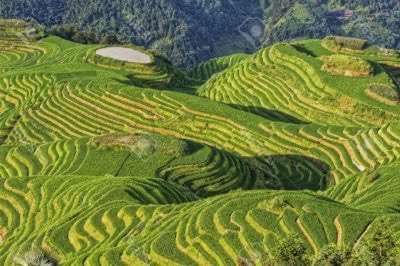
By whatever means you arrive, the destination is at the foot of the valley, from there you take a minibus to one of the highest parking lots and from here on the path is on foot.
The walk is slightly uphill, obviously being a hilly area, but it is not tiring, and then the view amply repays the efforts.
Longji rice fields: which ones to visit
From the access point you can decide which rice fields to visit: Ping'an Village, Zhuang Ancient Village and Jinkeng Village.
The ticket for tourist access at the foot of the valley costs 90 yuan per person, includes admission to Ping'an and Jinkeng and is valid for two days.
Children under one and a half meters do not pay.
Paddy fields from the village of Ping'an
These rice fields are the first to be cultivated and are the most developed in all of Longsheng, but the area is now also very touristy.
The area is well equipped with modern facilities, it is easy to find where to eat and where to stay overnight.
Rice fields from the ancient village of Zhuang
Le Terraces of Guzhuang they are less touristy, they keep all the original charm.
These are the ones we decided to visit: the charm of the terraces is wonderful even during a rainy day, the blinding green of the terraces makes its way through the fog that surrounds them and when the sun peeps out the valley is filled with rainbows.
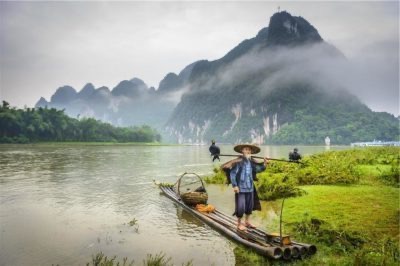
After an exciting 40 minute walk through these paths we arrive at Guzhuang village, one of the most traditional villages in Longsheng.
This village, with a history of 400 years, has less tourism than the others and you can feel the tranquility and hospitality of its people well, the people on the street greet not only with gestures but also and above all with their eyes.
It houses the oldest and largest group of stilt houses in the entire Guangxi Region, most of which are over 100 years old. We visited one and it was interesting to discover the life of the time.
Longji rice fields: where to eat
There are several sleeping and eating facilities, we stopped for lunch at Guzhuang Renjia restaurant which is practically located inside the house where the owners live. The specialty is rice with raisins cooked inside a bamboo cane on the embers outside the house. We tasted the various specialties of the place spending more or less two euros each. As for the overnight stay we have decided to return to Guilin in the evening but it is not a bad idea to stop and sleep to enjoy the night atmosphere.
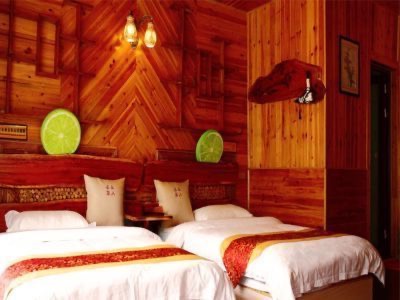
Access from Jinkeng
The Jinkeng Terraces they belong to the Yao Rossi ethnic group, the ethnic group that lives in the mountainous regions of southern China, so called for their red dresses and famous for the long hair of their women.
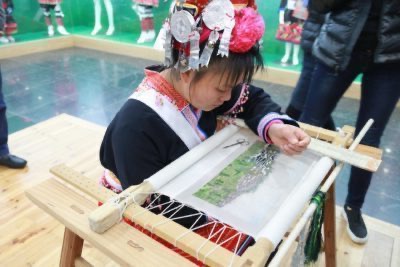
These are the terraces furthest from the tourist entrance.
Jinkeng Terraces are also home to several Yao Villages: Dazhai, Tiantouzhai, Xinzhai and Xiaozhai, some reachable by cable car and with a 4-5 hour walk.
Having to go back to Guilin we didn't go that far.





